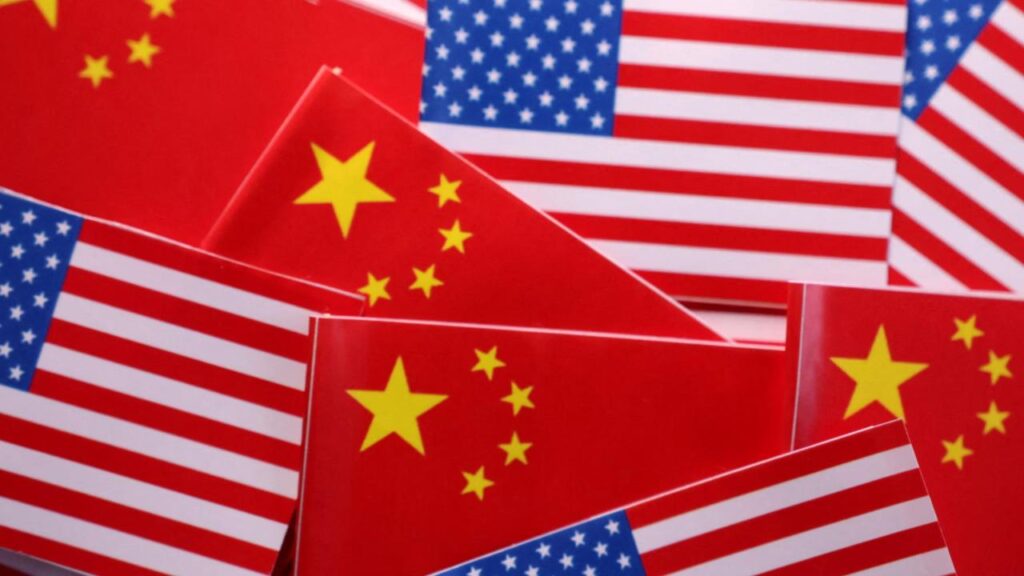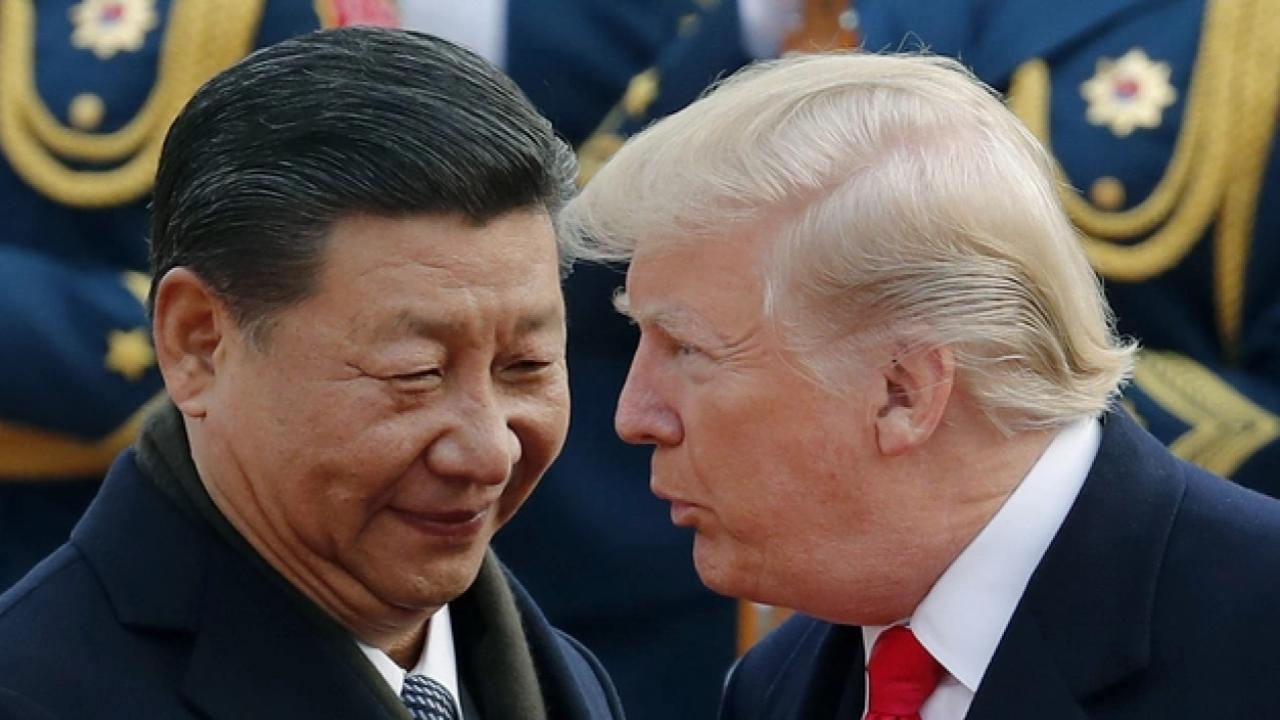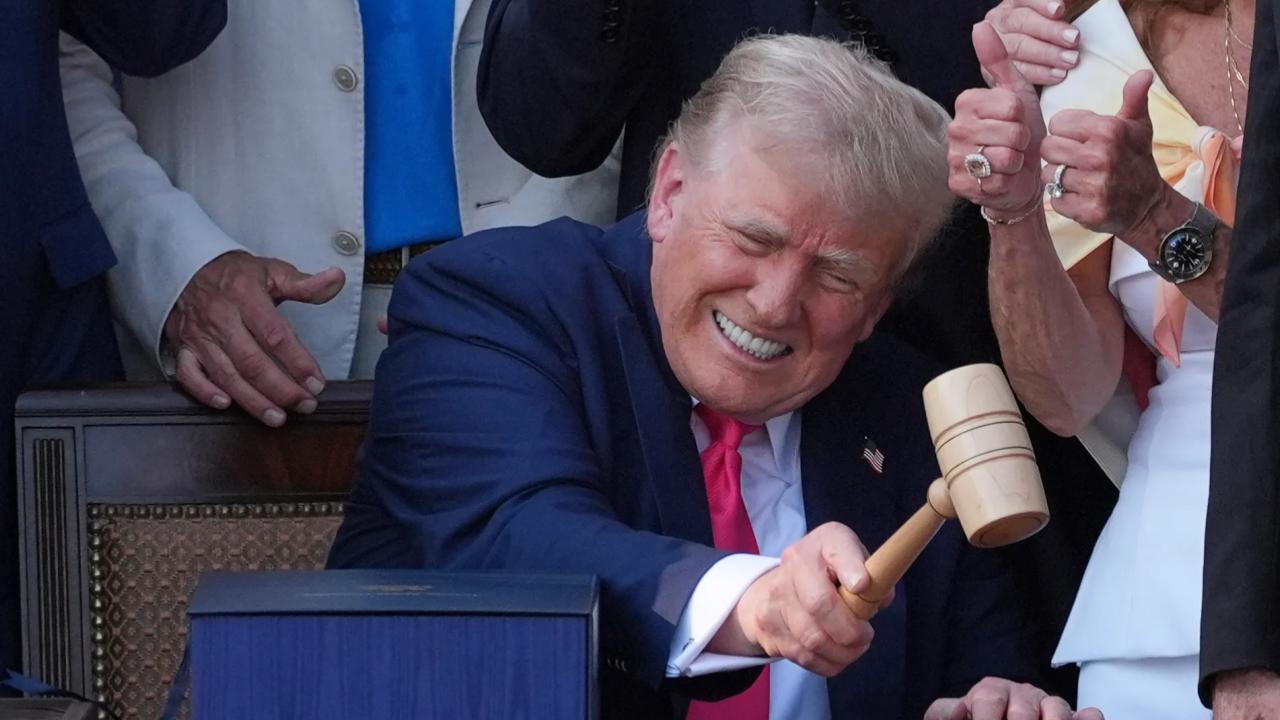In a surprise policy shift this week, the U.S. greenlit a major resumption of ethane exports to China, ending a brief but costly trade restriction. The move not only revives a critical energy supply chain but also signals a wider thaw in U.S.-China trade tensions, with implications far beyond oil and gas.

US Strikes Surprise Ethane Export Deal with China
| Takeaway | Stat |
|---|---|
| Ethane exports to China were frozen in June | 0 barrels/day |
| Potential export rebound after curbs lifted | ~240,000 barrels/day |
| US producers’ potential EBITDA recovery | ~$166 million |
The U.S.-China ethane deal is more than a trade detour. It’s a strategic reset. It offers relief to U.S. exporters, cost advantages to Chinese manufacturers, and a real-world example of trade as diplomacy. Energy, tech, and geopolitics just got a little more connected.
What triggered the change?
On July 2, the U.S. Department of Commerce removed special export licensing requirements that had temporarily blocked ethane shipments to China. This decision, paired with similar relaxations on semiconductor design software exports, marked a significant policy realignment.
Enterprise Products Partners and Energy Transfer, two major Gulf Coast exporters, had seen their Chinese shipments plunge to zero last month. Nearly a dozen ethane tankers were left idling offshore. Now, many have resumed course.
“It was a commercial pause with geopolitical roots. The restart shows how energy diplomacy is evolving,” said one Houston-based logistics director I spoke with, who requested anonymity due to client sensitivities.
Why does ethane matter so much?
Ethane is a natural gas liquid critical to making ethylene, the building block of plastic. It’s prized for its lower cost and efficiency compared to oil-based naphtha, especially in massive Chinese petrochemical complexes.
When the export restrictions hit, U.S. ethane producers faced potential output cuts of 24% in 2025 and more than 50% by 2026, according to the U.S. Energy Information Administration.
China, for its part, needs U.S. ethane to maintain competitive costs. Ethane’s return helps stabilize their downstream industries, particularly in coastal mega-factories built to handle U.S. gas shipments.

How markets are reacting
With the licensing reversal, U.S. exports to China are expected to rebound to about 240,000 barrels per day this month. That’s roughly back to pre-restriction levels.
Enterprise Products Partners and Energy Transfer both saw modest bumps in their stock prices following the announcement. Analysts expect combined EBITDA improvements north of $166 million if volumes stay steady.
A broader trade détente
The ethane deal is part of a larger U.S.-China agreement that includes easing curbs on rare earth mineral exports and semiconductor software. These moves reflect a strategic pivot from hardline tariffs toward supply chain coordination.
Semiconductor design giants like Synopsys, Cadence, and Siemens also benefit, as they regain access to the world’s second-largest chip market. “We’re seeing industrial policy evolve from decoupling to smart coupling,” said Dr. Kara Beckett, an international trade expert at Georgetown University. “Critical materials are now levers for diplomacy.”
What’s next to watch?
Still pending: Chinese import licensing
While U.S. firms can now load ethane for China, some regulatory uncertainty remains over import approvals in China. Officials are expected to issue further guidance this week.
Rare earth enforcement
China’s promise to resume rare earth exports is key to broader trust-building. Analysts are watching closely to see whether shipments of neodymium and other high-tech minerals resume at scale.
Possible ripple effects
With ethane and EDA software cleared, other sectors may follow. Jet engine parts and civilian nuclear tech could be next in line for trade thaw discussions.






